What is baby-proofing, and when should it be done?
As soon as your little one starts crawling, it would seem as though their only aim is to explore the whole house. Babies are naturally curious and do not quite understand the dangers lurking around. As a parent, you want to keep your baby safe without dampening their adventurous spirit.Make your house safe for your baby before they start crawling so that they can explore the house freely without stressing you out. The best way to do this is by locking up, putting away or throwing away anything that can harm the baby. Baby proofing the house means removing all the unnecessary risks and hazards from your house to make it safe for your baby.
What needs baby proofing?
1. Sharp objectsYou can protect your baby from sharp objects by:
- Keeping all sharp equipment such as razors, scissors, blades, knives, and forks in locked cabinets or drawers.
- Protect your baby from sharp edges and corners by placing edge and corner bumpers.
- Placing all glass objects, including showpieces and dinnerware, at a height where your child cannot reach them.
- Keep your dishwasher locked and don't let your baby come near it when in use.
- Keeping all tools, including gardening and car repair tools, in a locked place.
- Store all medicines in a locked cabinet.
- Keep all cleaning supplies and sprays in a locked cabinet.
- Do not leave your baby unsupervised when you are cleaning or using household chemicals.
- Do not use rat poison, cockroach-killing powders or pesticides on the floor or furniture.
- Keep alcoholic beverages and any liquids that contain alcohol, including mouthwash, hand sanitiser and perfumes, in a place that your baby cannot reach.
- Keep toiletries and cosmetics, including nail polish removers, shoe polish and hairspray, out of reach.
- Secure gardening products (such as fertilisers and bug repellent) and car supplies
- Store all batteries out of your baby’s reach and discard them immediately after use.
Protect your baby from accidents related to electrical appliances by:
- Cover all electric sockets with a child-safety cover or tape them.
- Mounting the television on the wall and keeping stereos against the wall, so your baby cannot reach behind it.
- Getting rid of gadgets and appliances with old and damaged cords and wires.
- If your baby has any electronic toys, check them often for any wear and tear and battery leaks.
Avoid accidents by making your doors, windows and staircases baby-proof:
- Keep the doors locked and use doorknob covers so that your baby cannot enter a room that contains objects that are harmful to them.
- If you have a staircase in your house, use a safety gate to prevent your child from falling down the stairs.
- You can also use safety gates in other areas of the house that you do not want your baby to enter.
- Use a safety net or window guard for the windows to prevent your baby from falling out the window.
- If you have window blinds, either keep their cord out of reach of your baby or replace the blinds with curtains or cordless blinds, as the cord is a choking hazard.
5. Cupboards
Lock the cupboards, cabinets and drawers in the entire house to prevent poisoning or physical accidents. Locking these will prevent your baby from getting their hands on harmful substances such as medicines, cleaning supplies, kitchen tools, and cigarettes. Even items that have child-resistant packaging should be kept out of reach of children.
6. Bathrooms
To prevent accidents that happen in a bathroom:
- Do not leave a bathtub or bucket filled with water or other liquid.
- Never leave your baby unattended while bathing them.
Attach furniture items such as shelves, desks, and televisions to the wall or floor to prevent them from falling on the baby when babyproofing the house.
8. Preventing fires and burns
To prevent fires in your house:
- Keep matches, lighters, candles, stoves, hot drinks, iron, heaters and fireplaces away from children.
- Keep a fire escape plan ready and a fire extinguisher handy.
- Check to see if you have grounded circuit breakers.
- Avoid bringing your baby into the kitchen when someone is cooking.
- Know where your baby is when you are carrying hot pots or utensils.
Some other things you can do to keep your baby safe in your home are:
- Keep plastic bags and balloons away from children.
- Do not use a tablecloth that your child can pull.
- Do not let your baby near the houseplants as some of them could be poisonous.
- If you have a bathtub, use a non-skid rubber mat in it to prevent your child from slipping.
- Use door stoppers and finger protection strips on doors to protect your baby’s fingers.
Babies spend most of their time in their cribs; therefore, keeping it safe for them is paramount. Some ways to keep your baby safe in the crib include the following:
- Always place your baby to sleep on their back to prevent sudden infant death syndrome.
- The distance between crib bars should not be more than 6 cm, and there should be no cut-outs in which the baby can get caught.
- The bars of the crib should not be cracked, splintered, loose or missing screws.
- Choose a firm mattress that fits in the crib perfectly and cover it with a crib sheet that fits it properly.
- The height of the mattress should be as low as possible once your baby can stand.
- Do not place any pillows, blankets or soft toys in the crib.
- Toys that hang above the crib should be removed within five months.
References:
- Yale Baby School. How do I “baby proof” my home?.
- KidsHealth. Household safety: Preventing cuts [2019].
- United States Consumer Product Safety Commission. Childproofing your home- 12 safety devices to protect your children.
- KidsHealth. Household safety: Preventing poisoning [2020].
- FamilyDoctor.org. Child safety: Keeping your home safe for your baby [2019].
- KidsHealth. Household safety: Preventing injuries in the crib [2019].


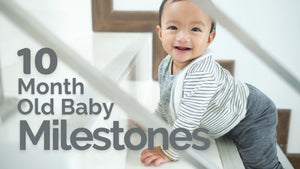
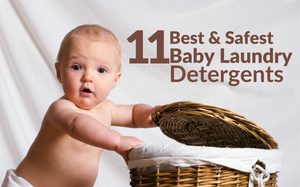
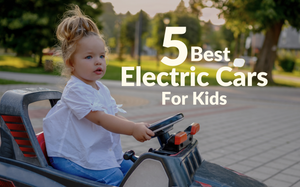
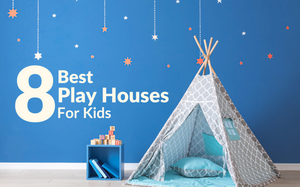
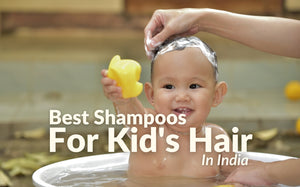
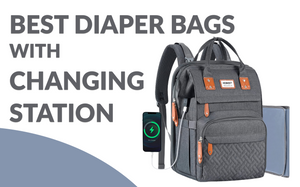


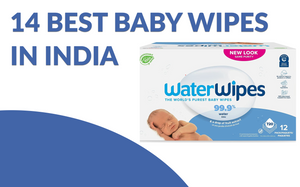


LEAVE A COMMENT